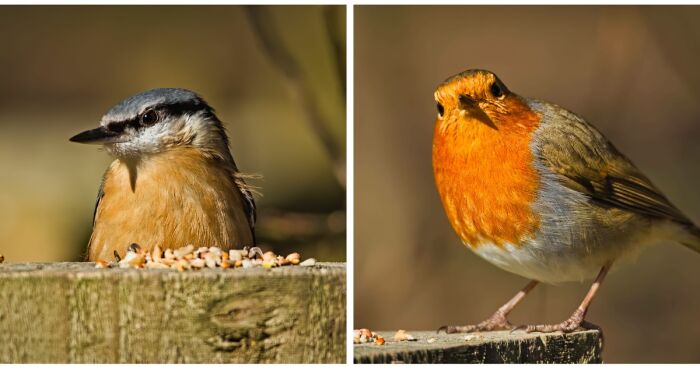
I Am A Photographer And Here Are My 10 Tips For Getting The Best Bird Photos Of Your Life
I’m sure you’ve seen a lot of bird photographs and thought to yourself how you’d like to be able to take shots like the ones you see in magazines or online by professional wildlife photographers.
Well, in this article I’m going to run through a few tips that will have you getting amazing shots in no time – all you need is a few bits of kit that are a little more than the simple “kit lens” that usually comes with your camera.
So read on, and see how you can get great shots with a bit of practice, a small kit upgrade, and a hint of luck!
More info: dpture.com
Gear Really Matters
For once, this is the sort of photography where you need a little more than a basic kit lens setup. You will need to use a telephoto zoom lens, ideally one of at least 300mm. The reason for this is that unless you are very lucky you will have a little distance from you your subject and the ability to zoom in is very important. If you get too close you will frighten the bird off and not get your shot, so the bigger the zoom lens the better – most of the time!
If you go too big you might find you have too much zoom so a range between 300mm and 500mm is a good starting point, and most 300mm lenses can be picked up on a budget second hand so you don’t need to lay out for a massive “bazooka” of a lens just yet!
Busting Myths
You do see quite a few professionals with massive camouflaged lenses trying to blend into the background. While this does help, it’s not something you need to worry about most of the time! The key to getting birds to be comfortable around you I’ve found is to stay still. The less you move, the more the birds will see you as just part of the scenery and will soon be getting closer to you regardless of whether you’re dressed as a tree or in a bright red coat! There will always be an element of luck in bird photography, but sometimes if you do it right you can make your own luck!
Start small, you don’t need to run before you can walk!
It’s easy to look at a magazine and see a fantastic shot of a soaring eagle or an osprey picking a fish from the water and want to re-create those sorts of images but it’s more important to start small and practice getting the shots so that if you ever do see one of those magnificent creatures you will be able to get a half decent shot without worrying about your settings or gear!
The more practice you get on smaller birds, the easier you will find it as the smaller songbirds tend to be faster than the larger birds of prey. Lay the groundwork and it will pay dividends!
Use a bird feeding station – it’s not cheating!
To get started you need to get some birds to photograph and the best way to do this is to use a bird feeder or a feeding station. Using varied types of feed will attract a range of birds so you can practice shooting the different types of birds and learn to predict how they feed and fly around. Some of the best candid shots can get got on a feeder as different species interact so never discount the benefits of bringing the birds to you!
Play with your settings
A lot of the time you will be wanting to shoot in Shutter Priority mode instead of Auto or Manual. The reason for this is you need to be able to choose a high shutter speed to capture the action but not worry about altering the aperture and ISO as the more you have to change, the longer it takes and you could miss the shot!
Play with different shutter speeds, slower ones can give the effect of movement whereas the faster shutter speeds will freeze the motion. Try a few different settings on different birds and see what you find works best for you! If your camera has it, it can really help using “high speed” mode or “burst mode” which will take multiple shots in quick succession so you don’t need to be quite so accurate with taking the shot as there will be quite a few taken every second you’re holding the shutter down, but it does mean you will have a lot more pictures to go through when you get home that might not have anything worth keeping! I find a hit rate of one in every twenty shots is pretty normal so don’t worry about getting loads of shots off – one of them might just be the shot you’re looking for!
Distance or Zoom
So you have your nice shiny zoom lens but how close is too close? Can you zoom in and fill the frame or do you need to get closer? It’s a tough one to call but some birds will let you get pretty close to them (Eurasian Robin is a common one for getting close and eating from your hand) but others will fly away at the first sight of movement from you.
Also, if you’re too far away the bird could get “lost” in the background so experimenting with the distance between your camera, the bird, and the background can make the difference between a nice shot with a clean isolated bird and one where the shot is too messy to get the best from the subject.
Learn the behaviour of the birds too you’ll notice feeding patterns that you can learn and use to your advantage to position yourself just right. Other times it’s just a case of them being too far away and this is where a good zoom lens can make the difference, but there is another way…
Don’t be afraid to crop!
It’s a long-held belief that the picture you’ve seen online or in a magazine is exactly what the camera saw – it’s not!
In fact, even with a massive zoom lens, you will be very lucky to fill the frame with a bird that you’ve taken a shot with – this is where cropping comes in. Essentially you’re applying Zoom in post-production by reducing the image’s overall size and filling the newly cropped frame with your subject. Most images are viewed via social media these days so the ability to crop and still maintain image quality is a lot easier than it was in the past, and coupled with high-megapixel cameras you really can afford to play with your crop more than you’d imagine!
Find a local nature reserve
Once you’ve had some practice with your garden birds, try heading to a local nature reserve to try a few different types of birds to photograph. Many nature reserves will have waterfowl like ducks, geese, swans, and gulls which are larger than most garden birds and are generally slower moving. If you’ve been practicing with your faster-feathered friends you’ll find this new challenge easier and being larger you can fill the frame easier too! Look out for Herons too – they’re easily spooked but amazing birds to photograph! Most will also have bird hides, which can get you closer to the wild birds without being detected.
Be Patient!
Some days it will feel like no birds want to have their photographs taken, but don’t rush off and move to a different location straight away. Be patient, stop, look around, and see if there are any birds around. Wait, look, listen, be silent and soon you’ll notice birds around you. If you can’t hear or see any birds, then that’s the time to move along, but until then staying in the same spot can definitely be worthwhile! Don’t be afraid to spend an hour sitting in a bird hide, not only can it be relaxing but you might see something unexpected!
Never work with animals they said
The old saying can definitely ring true sometimes, especially on days when there are outside influences like the weather causing a distraction for the birds. Occasionally you’ll see a fantastic bird and it will spend all of its time hiding behind a tree trunk or just poking its head out from behind a feeder refusing to pose for your camera! It will happen, and it will happen regularly too! But the more you experience it, the more you’ll be able to recognize when a bird just isn’t going to play for you and it’s time to move on to a different subject. Around the time when fledgling birds are out being fed by their parents, you will get some great opportunities, but at other times in the year, you’ll struggle to get even a simple shot off. It’s all about reading the conditions and their behavior.
1Kviews
Share on Facebook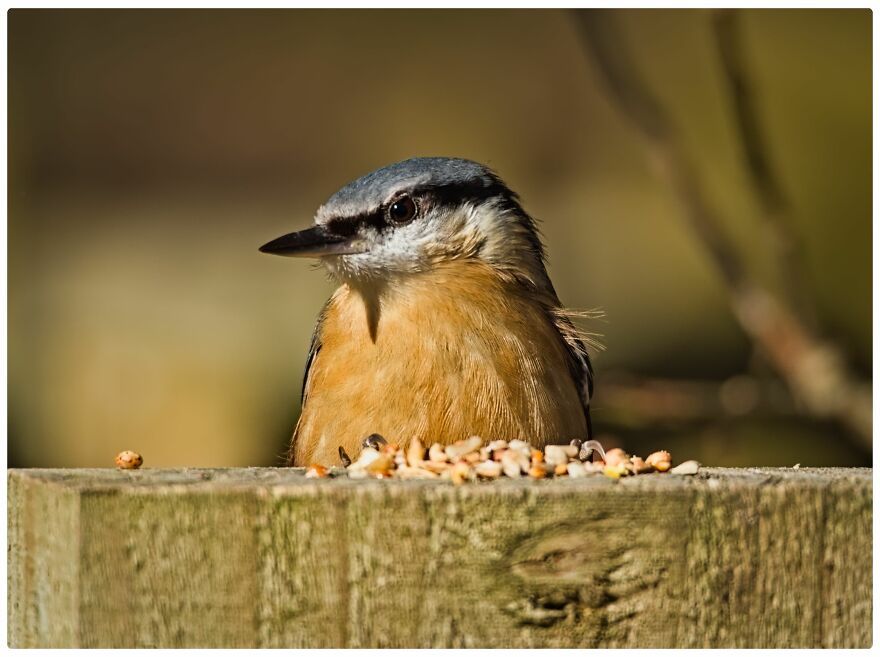
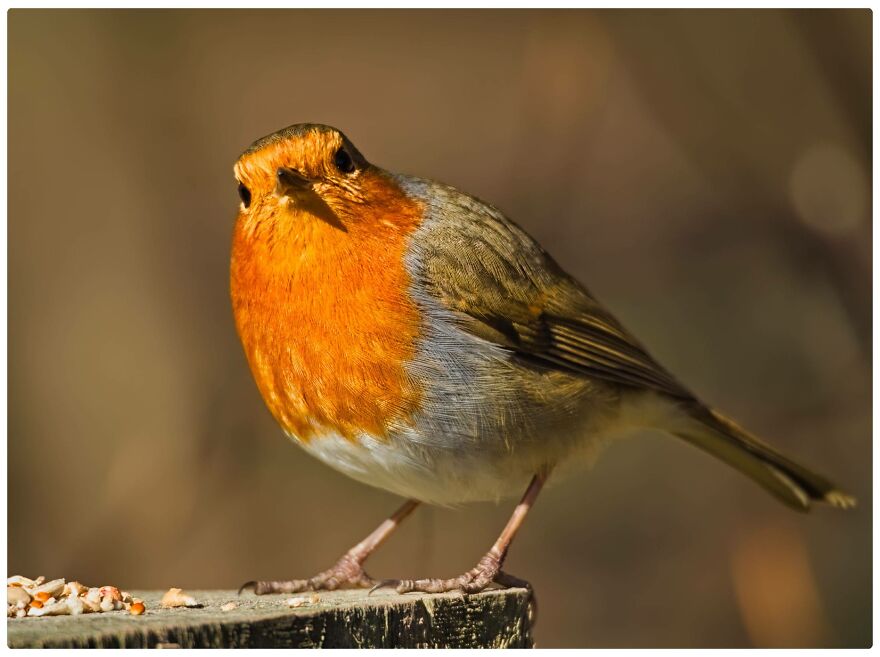
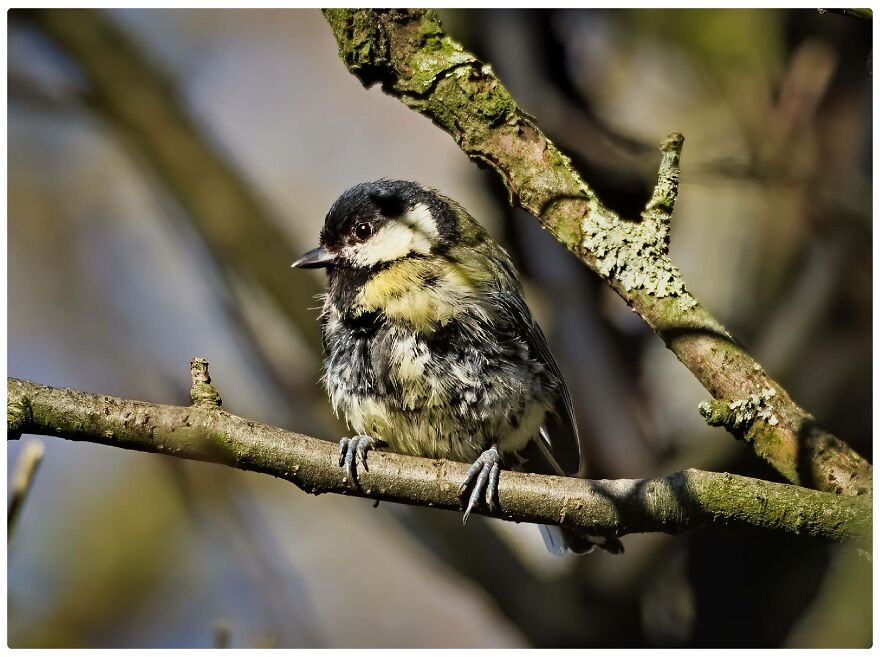
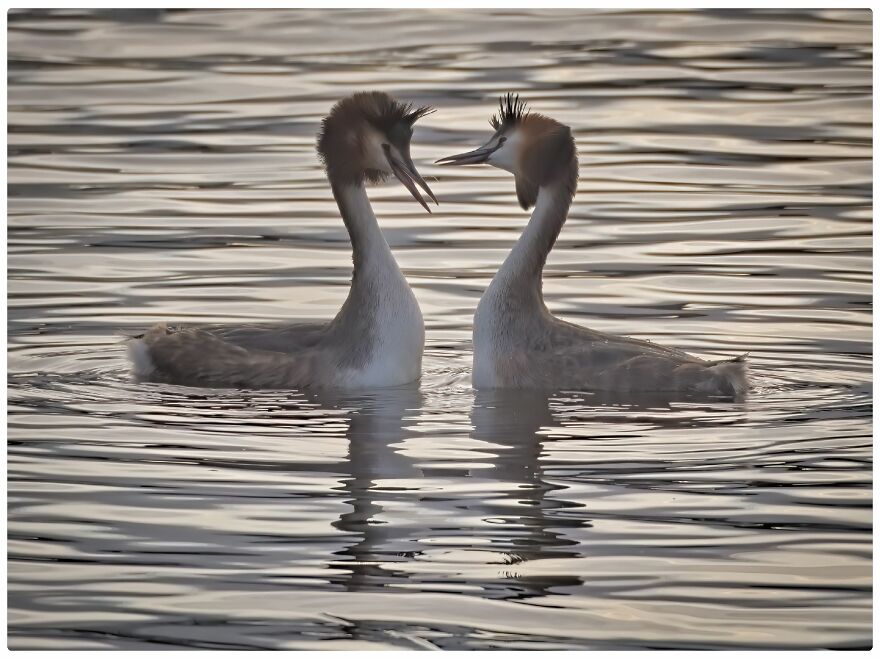
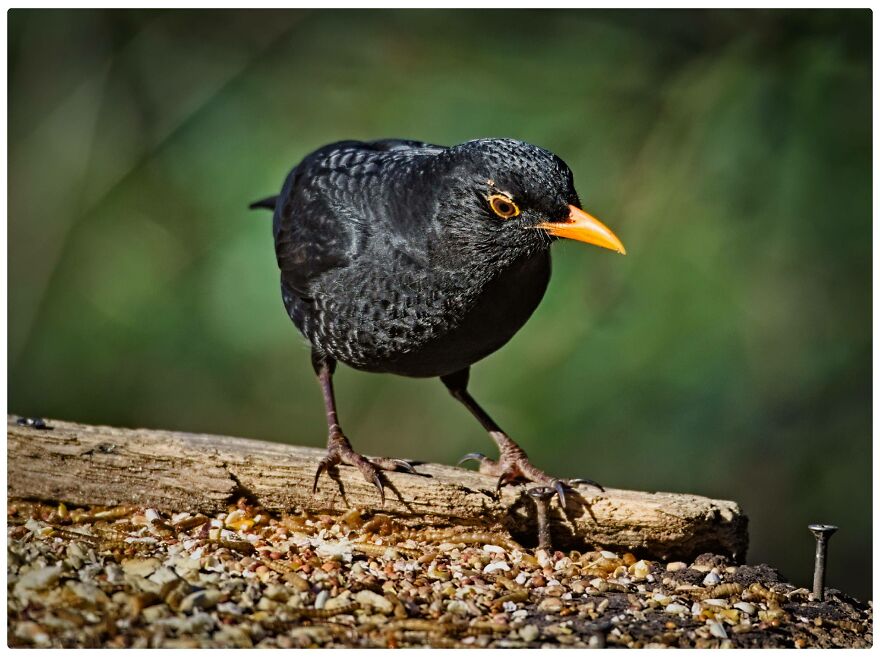
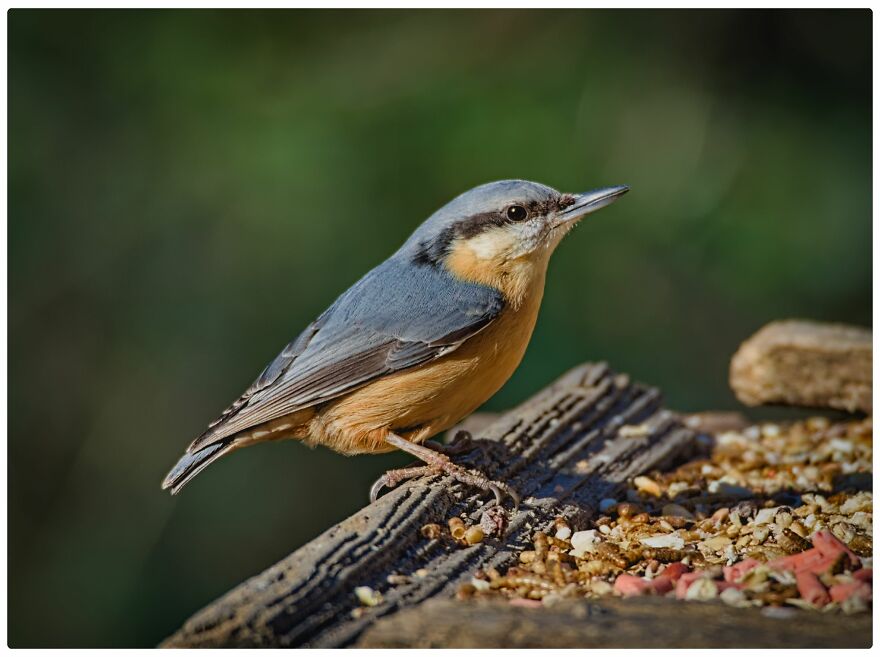
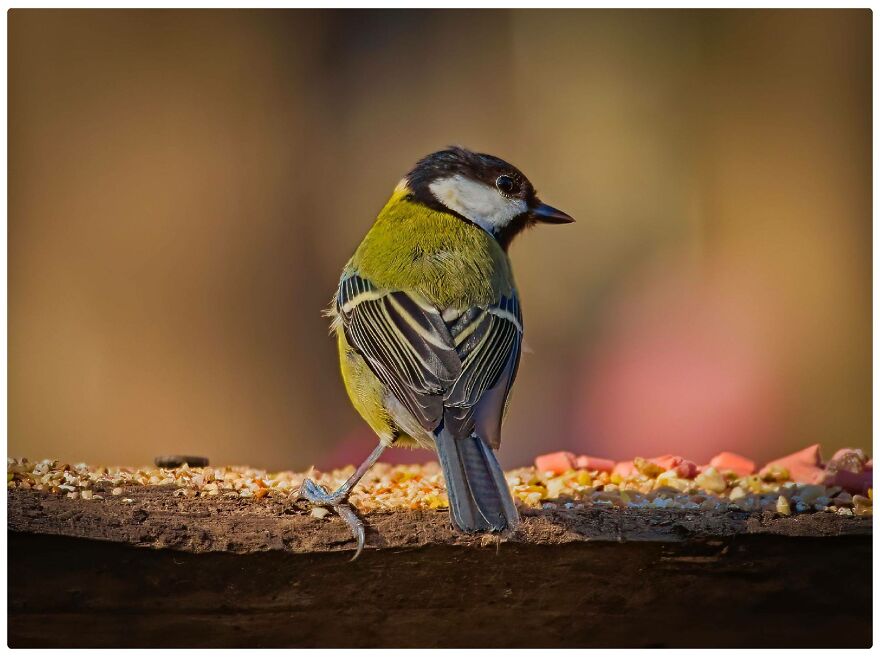
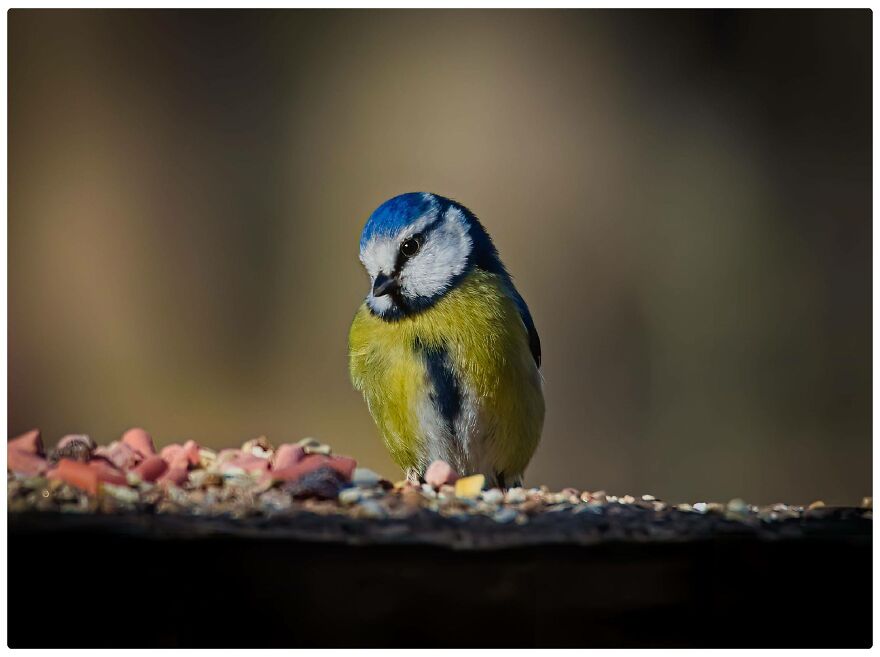
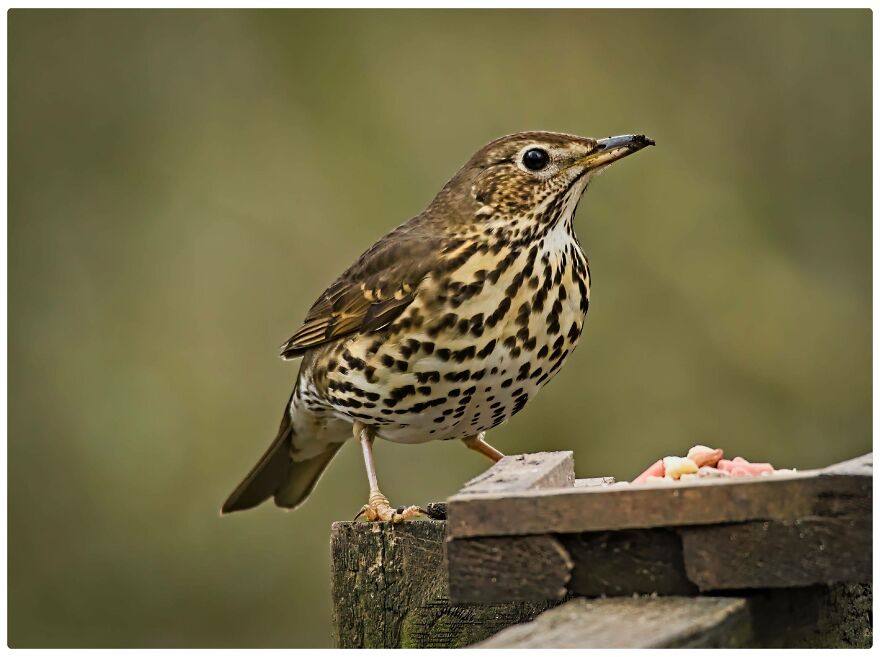
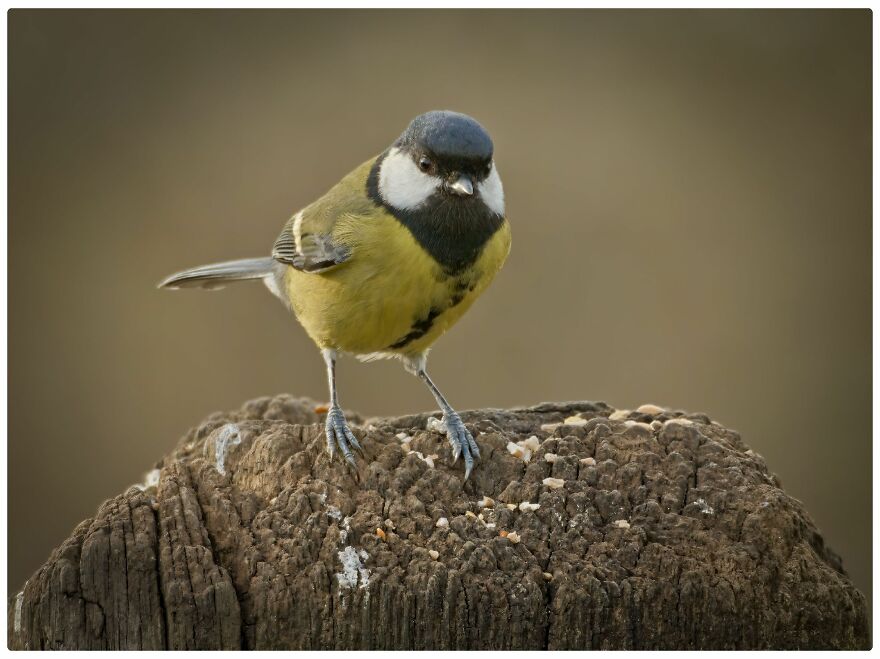

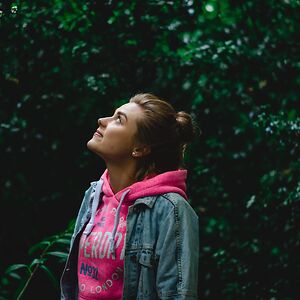


23
1